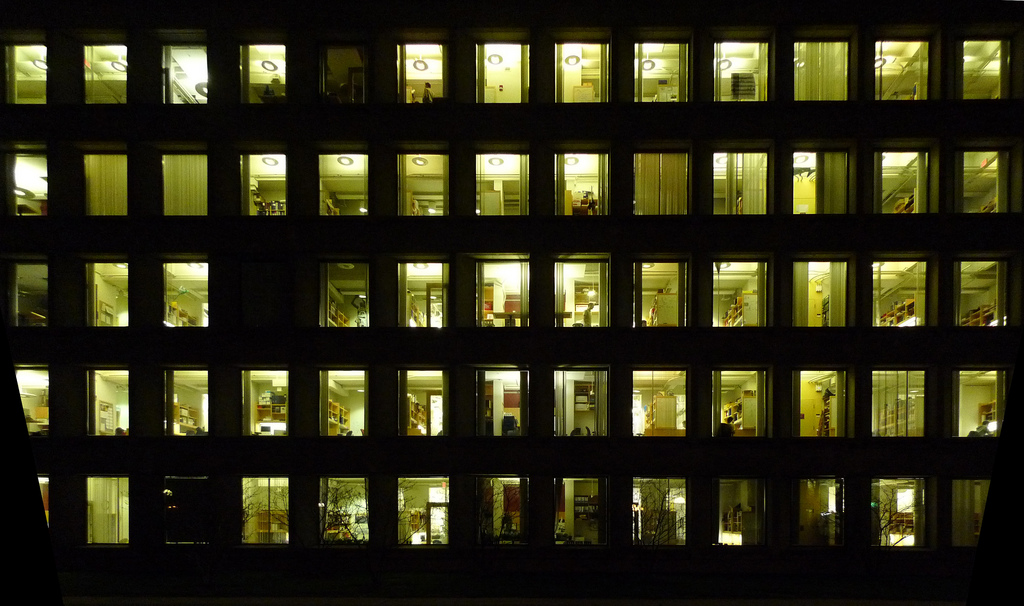 Our environment has changed dramatically since our hunter-gatherer days, but how is this having an impact on our health? Editor-in-Chief of Journal of Physiological Anthropology, Akira Yasukouchi, explains how the study of physiological anthropology will help us understand our relationship with this new world in his latest guest blog.
Our environment has changed dramatically since our hunter-gatherer days, but how is this having an impact on our health? Editor-in-Chief of Journal of Physiological Anthropology, Akira Yasukouchi, explains how the study of physiological anthropology will help us understand our relationship with this new world in his latest guest blog.
What is physiological anthropology?
Research in physiological anthropology focuses on the capacity for environmental adaptation seen in the physiological function of present-day humans. Areas of study include physical and cultural aspects related to living environments as factors that affect the capacity for environmental adaptation.
At the same time, researchers investigate the interactions of these factors with the genetic triggers that are the basis of human physical and functional resources. All humankind is considered in investigating the effects of factors such as geographical location, sex, and age on human adaptability.
The underlying approach to physiological anthropological research is to investigate from all perspectives the environmental differences between the hunter-gatherer age—to which humankind is biologically adapted—and the present environment in which we tend to seek the comforts of a highly technological society. Then, the effects of those differences on human adaptability are examined.
Another aspect of this research is showing how new technology can be used to create truly desirable living environments for various human populations.
How are humans changing in the modern world?
Humans used to sustain their livelihoods by hunting and gathering thanks to erect bipedalism and adaptations for walking long distances. But the constantly seated posture of modern office work compresses the intervertebral discs of the lower spine and invites low back pain. Is this sedentary behavior changing us? The associated lack of sufficient exercise weakens leg muscles, which were stout in our ancestors, and also lowers cardiovascular fitness.
Furthermore, the use of air-conditioning all year around weakens tolerance to cold and heat, and work based on the 24-hour clock and artificial lighting with constant illumination throws off normal circadian rhythms.

Even a brief consideration of such matters makes clear how differences between past and present environments are affecting the intrinsic physiological function of humans: These differences threaten the health and well-being of people today. We are in a completely different environment to our ancestors, and this can be detrimental.
What’s next for physiological anthropology?
Scientific progress remains as spectacular as ever. At the same time, however, issues such falling birth rates paired with population aging continue to progress, and cultures and gender roles are diversifying.
Taken together, all of these things are changing the value judgments people make about life and about the workings of society. These changes are also having a major impact on how we live our lives.
In such an environment, the question of how human populations can somehow live adaptivelyand lead purposeful lives has become a pressing concern. To address this, the Journal of Physiological Anthropology takes a scientific approach drawing from a wide range of fields.
In a modern world t hat is ever-changing thanks to technology, we find ourselves in a new habitat, very different to that of our ancestors. Physiological anthropology offers a chance to study human adaptability to our current environment. Our new Journal of Physiological Anthropology will explore this topic with open access research.
hat is ever-changing thanks to technology, we find ourselves in a new habitat, very different to that of our ancestors. Physiological anthropology offers a chance to study human adaptability to our current environment. Our new Journal of Physiological Anthropology will explore this topic with open access research.
Comments